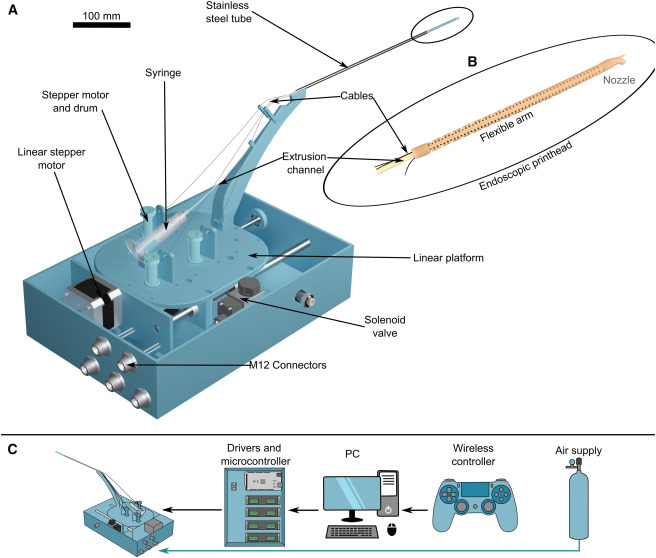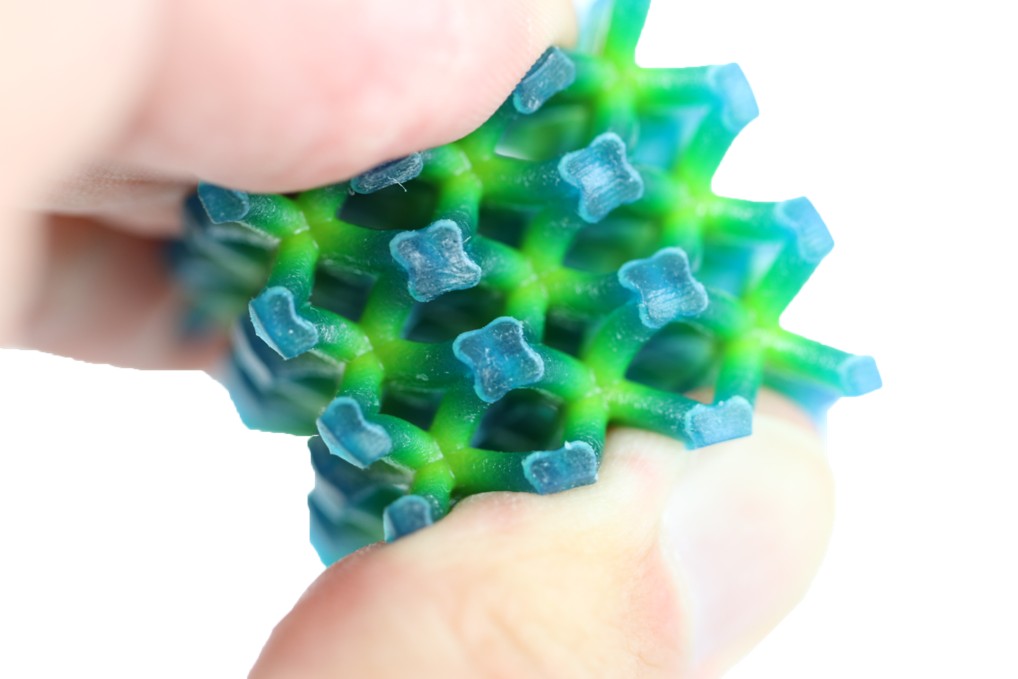
Date:2025-06-26 10:41:50
A group of North Texas doctors and scientists printed part of a human femur — the longest and strongest bone in the body — that mimics the strength, flexibility and overall mechanics of a real femur. The findings were published last summer in a study in the Journal of Orthopaedic Research.
Recreating bones and organs like the heart or blood vessels is an emerging field. 3D-printed organs are far from replicating the functionality of a flesh-and-blood organ. 3D-printed bones, however, are being leveraged to various degrees.
DeSoto woman ordered to prison for using COVID-19 relief money to fund personal expensesDeSoto woman ordered to prison for using COVID-19 relief money to fund personal expenses
For surgeons like Dr. Robert Weinschenk, printed bones serve as a crucial health care tool. Clinicians can print a replica of their patient’s bone to see and handle before fitting a surgical implant. These models can also be used to educate patients on their anatomy and how their bone will be fixed during surgery.
“As an educational tool, we thought instead of showing them images [of their bones], they just hold up a model,” said Weinschenk, the study’s first author and an assistant professor of orthopedic surgery and biomedical engineering at UT Southwestern Medical Center. “We’re finding that patients are appreciative of that.”





